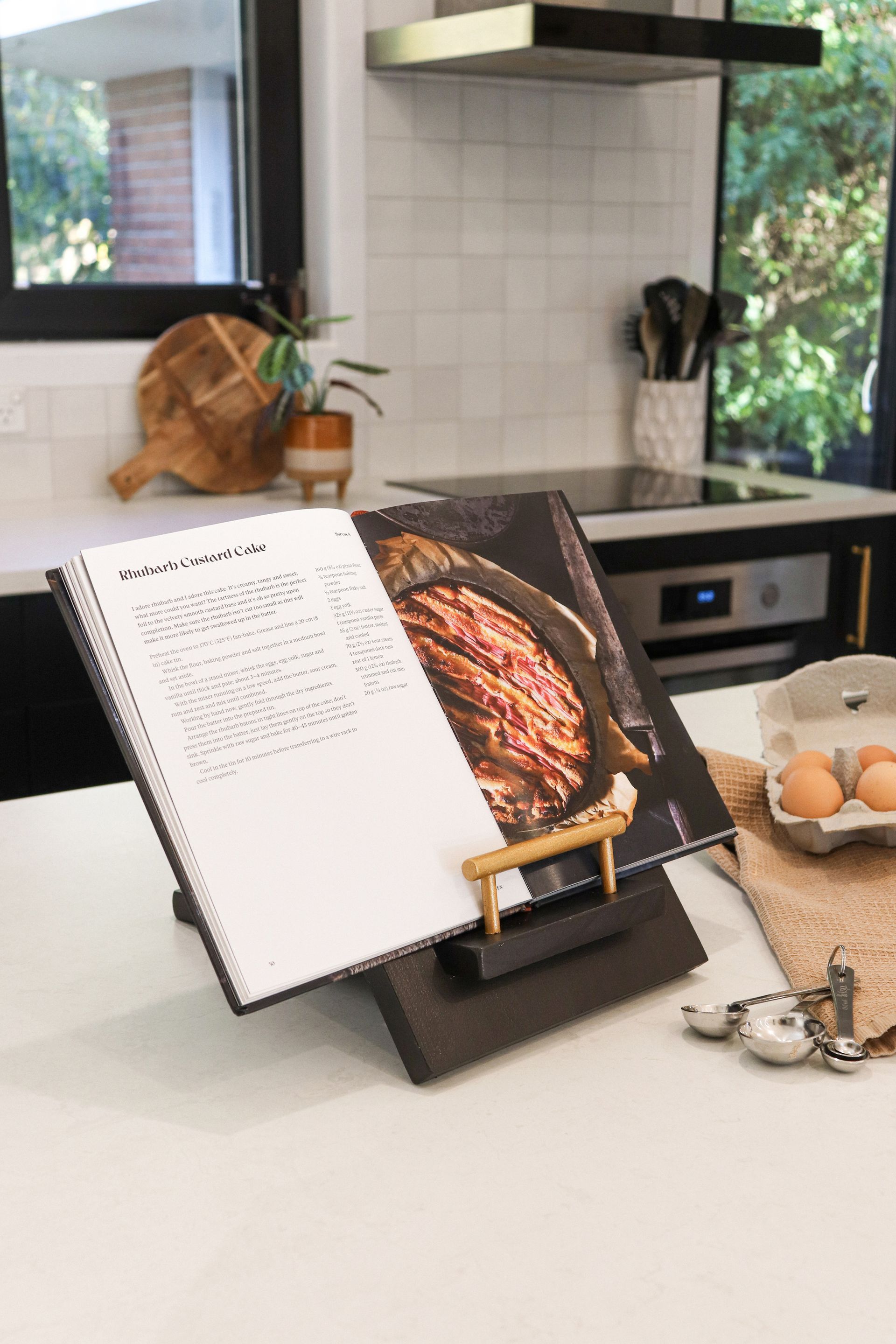Fresh insights from an acclaimed economist demonstrate the need for a fluid strategy, says award-winning Mortgage Adviser and Owner of
Loan Market Paramount, Nathan Miglani.
As a mortgage adviser working hard to give my clients the very best advice, I keep a close eye on what the economists are saying: reading and researching widely to ensure I stay up to date with changes in the economy, bank policy and government agenda. I study the insights of the economists through the real-world lens of what I see happening in our busy office to shape my own view of what is happening in the mortgage and property market – and where things are likely to go in the future.
So, it was fascinating to listen to the keynote speaker at a property investment seminar we hosted recently in Christchurch, economist Tony Alexander (former chief economist of the BNZ), as he revealed a new perspective on where interest rates are going – and the corresponding need for a new mortgage finance strategy. In a nutshell, Tony explained that wholesale rates are so volatile at the moment, he now recommends borrowers to fix their mortgages for two to three years.
That’s a shift from the view widely held over the past few months: that interest rates are likely to come down in 2023, so fixing your mortgage for just one year is the best strategy. It was a view I certainly subscribed to, fixing my own mortgage for one year in response.
Tony now believes, however, that rates might keep going up – or at least, stay around the current level – throughout most of 2023, with a fall in interest rates now only likely toward the end of the year or even early in 2024. Which means that it could be a good idea for borrowers to fix their mortgages for a longer term – say two or three years.
Although the respite that borrowers will have been hoping for now looks a little further off, there was plenty of good news from Tony Alexander.
Overall, the New Zealand economy is looking very strong, especially when compared to others on the world stage. Exports are at an all-time high and with 35 per cent of exports now heading to China, we have good ties to a market where the food, wine and other commodities we produce are in big demand. Our debt position is also very low compared to other countries. So, in the coming months, as things may start to get ‘ugly’ in Europe, Tony believes New Zealand will remain relatively stable.
What’s more, he says that Canterbury remains one of the safest places to buy property in New Zealand, with property here still undervalued compared to the other main centres. He also noted that when policy and/or interest rate changes lead to investors getting active in the real estate market once again, Christchurch will be one of the key regions they look to.
In the meantime, I’ll be breaking my own fixed-term mortgage and refinancing for a longer term!
Years of experience mean Nathan Miglani knows how to give you the best possible chance of success if you are thinking of buying or building a property. Whether it’s a first home, next home, rental or a development, Nathan and his team are passionate about helping you through the process and they’ll find the best deal for your unique circumstances.
Recent stories





